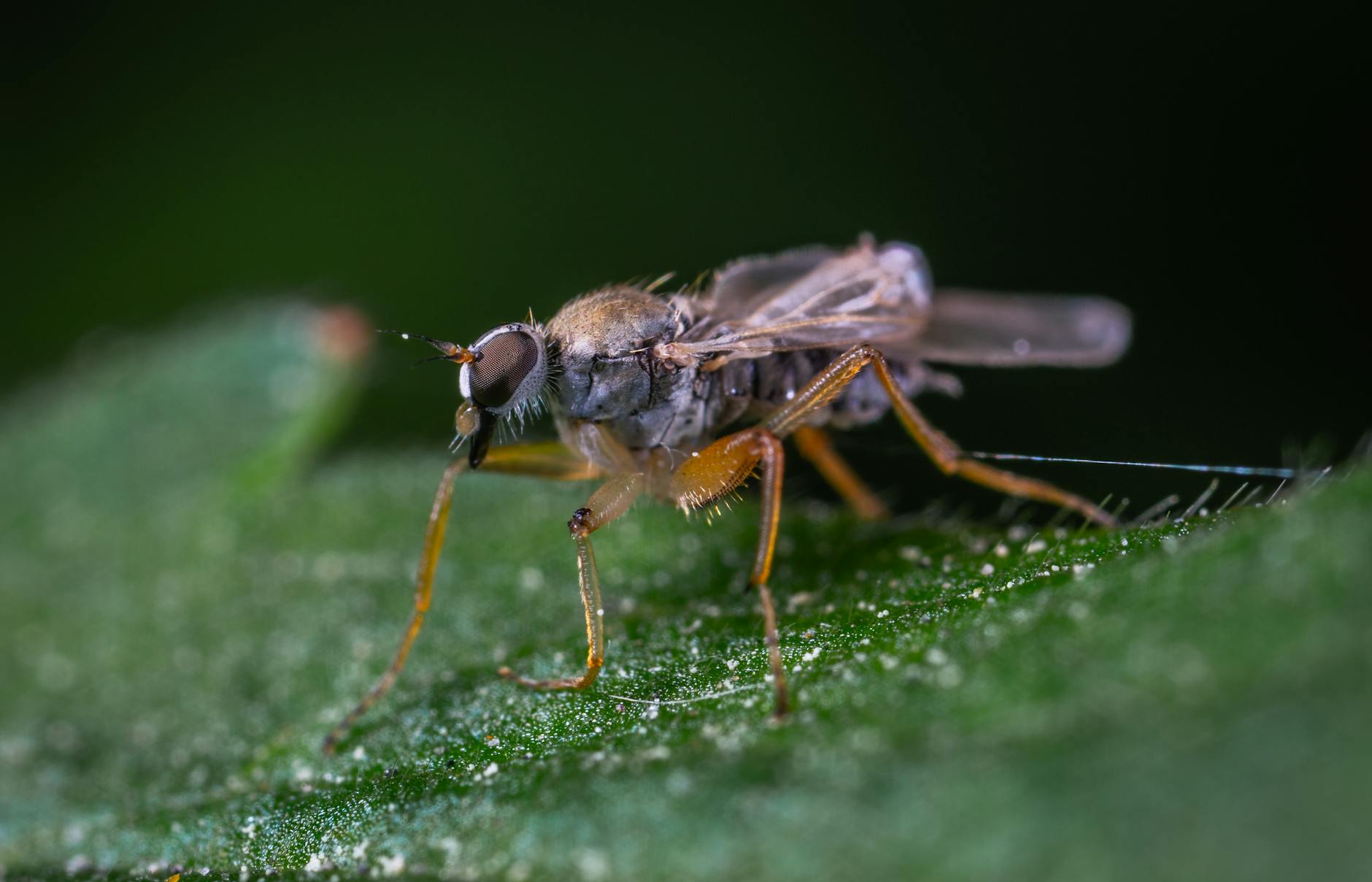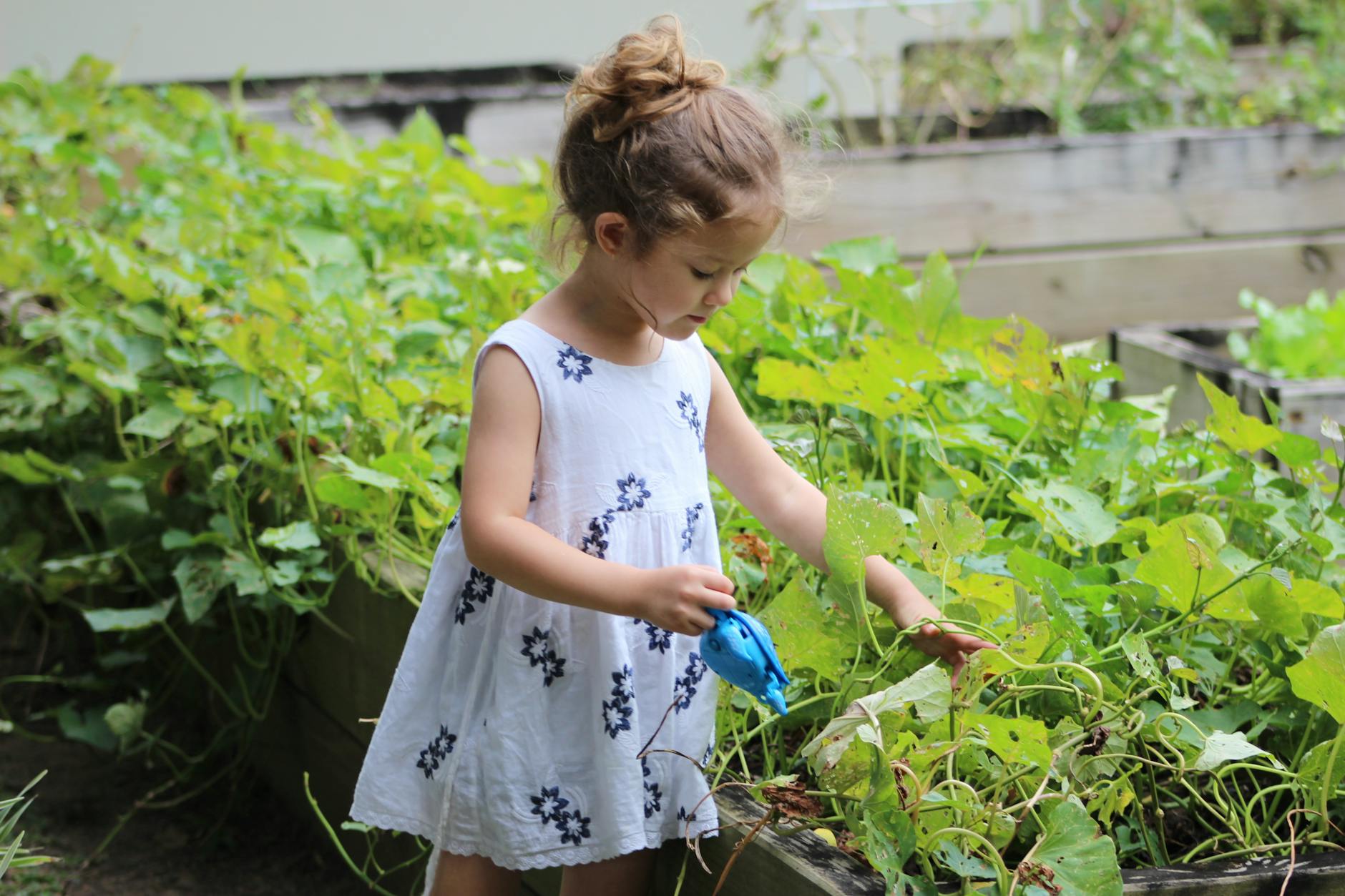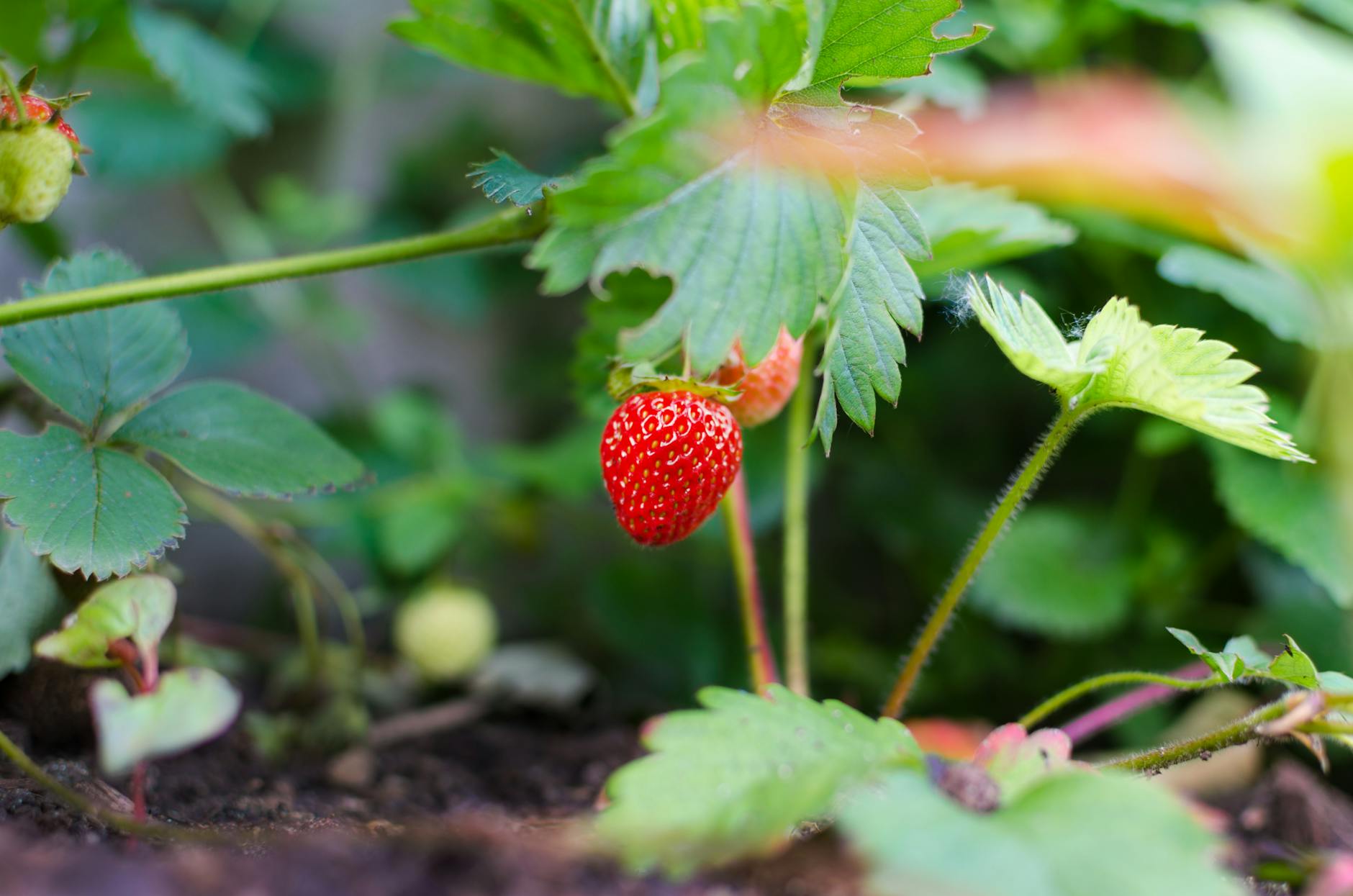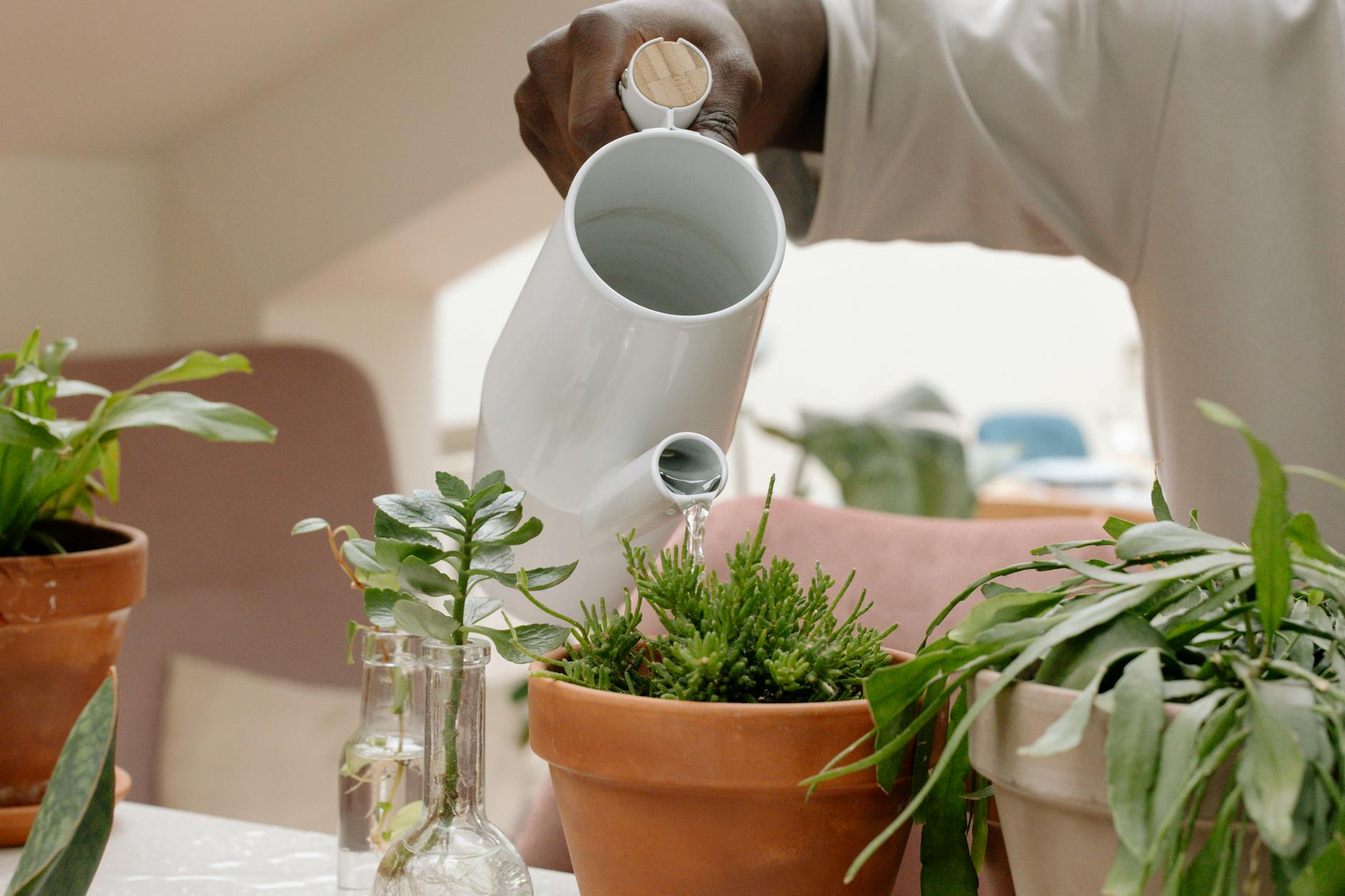Mastering Gardening Pest & Disease Control: Proven Tips for a Thriving Garden
Gardening can be a rewarding hobby, but dealing with pests and diseases can quickly turn a thriving garden into a frustrating challenge. From pesky insects to stubborn plant diseases, maintaining a healthy garden requires proactive pest and disease control strategies.
Imagine spending hours nurturing your plants, only to have them fall victim to voracious pests or destructive diseases. It’s a common struggle that many gardeners face, but with the right knowledge and tools, you can effectively protect your garden and promote its growth.
In this blog post, we will explore essential tips and techniques for controlling pests and diseases in your garden. From identifying common garden invaders to implementing organic pest control methods, we’ll cover everything you need to know to safeguard your plants and ensure a bountiful harvest. Let’s dive in and learn how to protect your garden from unwanted threats!
Understanding Common Garden Pests and Diseases
Gardening can be a rewarding experience, but dealing with garden pests and diseases is a common challenge that many gardeners face. Identifying these pests and diseases early is crucial to maintaining a healthy garden. Let’s explore how to recognize and address common garden pests and diseases.
Identifying Garden Pests
When it comes to pests, knowing your enemy is half the battle. Common garden pests like aphids, caterpillars, and spider mites can wreak havoc on your plants. Aphids are tiny insects that feed on plant sap, causing leaves to curl and distort. Caterpillars, the larvae of butterflies and moths, can devour leaves and flowers rapidly. Spider mites are minuscule pests that suck plant juices, leading to stippled, discolored leaves.
 Photo by Egor Kamelev
Photo by Egor Kamelev
Recognizing Plant Diseases
Plant diseases can also pose a significant threat to your garden. Issues like powdery mildew, blight, and leaf spot are among the common diseases that can affect various plants. Powdery mildew presents as a white powdery coating on leaves, hindering photosynthesis. Blight causes rapid browning and wilting of foliage, often leading to plant death. Leaf spot manifests as dark spots on leaves, impacting the plant’s ability to thrive.
By familiarizing yourself with these common garden pests and diseases, you can take proactive measures to protect your plants and ensure a flourishing garden. Stay vigilant, and remember that early detection and swift action are key to mitigating potential damage.
Preventative Measures for Pest and Disease Control
Maintaining a healthy garden is the first line of defense against pests and diseases. Proper watering, adequate sunlight exposure, and maintaining good soil quality are essential aspects of keeping your plants healthy and resilient. Watering plants at their base in the morning hours can help prevent fungal diseases by allowing the surface of the soil to dry throughout the day, reducing moisture levels that attract pests. Ensuring your garden receives sufficient sunlight is vital for plant growth and disease prevention, as it helps plants build up their natural defenses. Good soil quality rich in nutrients fosters strong plants that are better equipped to resist pests and diseases.
Maintaining Garden Health
 Photo by Maggie My Photo Album
Photo by Maggie My Photo Album
Companion planting involves strategically placing plants next to each other to maximize their benefits. Some plants naturally repel common garden pests. Marigolds, with their vibrant blooms, are not only visually appealing but also effective at deterring nematodes, a type of microscopic worm harmful to plants. Consider planting marigolds alongside vegetables susceptible to nematode damage to help protect your crops naturally.
Companion Planting Techniques
Crop rotation is a smart farming practice that involves planting different crops in the same area seasonally. By rotating crops, you disrupt the life cycles of pests and diseases that may have infested specific plants. This method helps prevent the buildup of these harmful organisms in the soil over time, reducing the likelihood of reoccurring infestations. Additionally, crop rotation can improve soil fertility by alternating between plants with different nutrient needs, leading to healthier overall soil quality and plant growth.
Crop Rotation Benefits
By implementing these preventative measures such as maintaining garden health, utilizing companion planting techniques, and embracing crop rotation benefits, you can create a more resilient and thriving garden ecosystem that naturally guards against pests and diseases. Introducing these practices in your gardening routine can lead to healthier plants, increased yields, and a more sustainable approach to pest and disease control.
Including natural pest and disease control methods in your gardening routine not only supports a healthier environment but also nurtures a harmonious balance within your garden’s ecosystem. Embracing preventative measures is a proactive approach to gardening that sets the foundation for long-term success and bountiful harvests.
Organic Pest and Disease Control Methods
Organic pest and disease control methods offer effective solutions while being environmentally friendly. Embracing these natural remedies can help maintain a healthy garden ecosystem without relying on harsh chemicals. Let’s explore some beneficial approaches to keep your garden thriving.
Homemade Remedies
Utilizing homemade remedies can be a cost-effective and safe way to combat pests in your garden. One popular DIY spray involves creating a garlic oil mixture. Garlic contains natural repellent properties that deter many insects. To create this spray, simply mix minced garlic with water, let it sit overnight, strain the mixture, and add a small amount of dish soap to help the solution adhere to plant leaves. Another effective homemade spray involves combining mild soap with water to create a soapy mixture that suffocates soft-bodied pests like aphids. These homemade remedies provide a natural and gentle alternative to chemical pesticides.
Beneficial Insects Introduction
Introducing beneficial insects into your garden can act as a natural pest control method. Ladybugs, lacewings, and other beneficial insects play a vital role in managing pest populations by feeding on harmful bugs. Ladybugs, for example, are known to devour aphids, scale insects, and mites, helping to keep these pests in check. By attracting and sustaining populations of beneficial insects, you create a balanced ecosystem where these tiny allies assist in safeguarding your plants from destructive pests.
 Photo by Lukas
Photo by Lukas
Neem Oil Applications
Neem oil, derived from the seeds of the neem tree, is a versatile and eco-friendly solution for controlling pests and diseases in the garden. This natural oil acts as a repellent, antifeedant, and disruptor of insect growth, making it an effective pest management tool. Neem oil can help control a variety of common garden pests, including aphids, whiteflies, and spider mites. Additionally, neem oil possesses antifungal properties that can aid in preventing diseases such as powdery mildew. Its gentle nature towards beneficial insects makes neem oil a valuable asset in maintaining a healthy garden ecosystem.
Integrated Pest Management (IPM) Strategies
Integrated Pest Management (IPM) is a holistic approach to managing pests and diseases in gardens that focuses on prevention and sustainability. By combining various control methods, IPM aims to minimize the use of pesticides while effectively managing pests. Let’s explore the key strategies of IPM:
IPM Principles
IPM utilizes a combination of biological, cultural, physical, and chemical control methods to manage pest and disease issues in an environmentally responsible way. Biological controls involve introducing natural predators or parasites to keep pest populations in check. Cultural controls include practices like crop rotation and selecting pest-resistant plant varieties. Physical controls involve using barriers or traps to prevent pests, while chemical controls are used as a last resort and in a targeted manner.
Monitoring and Early Intervention
Regular monitoring of your garden is essential for early pest detection. By inspecting plants closely and regularly, you can identify issues before they become serious problems. Early intervention, such as handpicking pests or pruning infected plant parts, can help prevent infestations from spreading. Timely action based on monitoring results is key to effective pest management without resorting to harsh chemicals.
Record-Keeping Practices
Keeping detailed records of pest and disease occurrences in your garden is crucial for effective IPM. By documenting when and where pest outbreaks happen, as well as the methods used to control them, you can identify patterns and trends over time. This information allows you to implement targeted preventive strategies in the future, such as adjusting planting schedules or introducing beneficial insects to combat recurring pest issues.
Natural and Sustainable Solutions for Garden Health
Maintaining a healthy garden involves implementing natural and sustainable solutions that benefit both your plants and the environment. Let’s explore two essential practices that can enhance the health and productivity of your garden.
Mulching Benefits
Mulching is a simple yet powerful technique that offers numerous advantages for your garden ecosystem. By adding a layer of mulch around your plants, you provide insulation to the soil, helping it retain moisture more effectively. This moisture retention is crucial during hot, dry periods, reducing the frequency of watering and minimizing water stress on your plants. Additionally, mulch acts as a natural weed barrier, suppressing weed growth and saving you time and effort in weed management.
Watering Techniques
Proper watering techniques are fundamental to maintaining plant health and preventing water-related diseases. Overwatering can lead to root rot and other fungal infections, while underwatering can cause stress and hinder growth. To ensure optimal hydration, water your plants deeply but less frequently, allowing the roots to establish a robust system. Consider watering in the morning to prevent excess moisture buildup overnight, which can attract pests and diseases. By implementing smart watering practices, you can promote healthy root development and overall plant vitality.
 Photo by cottonbro studio
Photo by cottonbro studio
Conclusion
In conclusion, effective pest and disease control in gardening is essential for maintaining the health and vitality of your plants. By implementing proactive measures such as regular monitoring, practicing good garden hygiene, and utilizing natural remedies, you can minimize the impact of pests and diseases on your garden. Remember, prevention is key in gardening pest and disease control. Stay informed, stay vigilant, and your garden will thrive for seasons to come. Happy gardening!